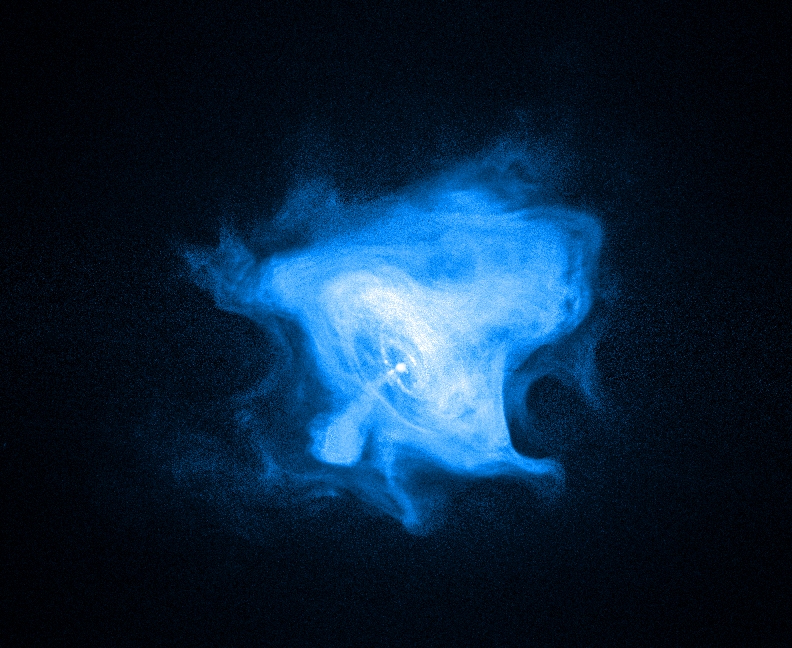Before they go all-out supernova, some large stars undergo a sort of mini-explosion - cosmically speaking - which throws massive amounts of material into space. Though several models predict this behavior and evidence from supernovae point in that direction, observations of such pre-explosion outbursts are rare.
New research found such an outburst taking place a short time – just 40 days – before a massive star underwent a supernova explosion. The fact that they found such an outburst occurring just a little over a month before the onset of the supernova explosion was something of a surprise, but the timing and mass of the ejected material helped them to validate a particular model that predicts this type of pre-explosion event. A statistical analysis showed that there was only a 0.1% chance that the outburst and supernova were unrelated occurrences.
The exploding star, type IIn supernova SN 2010mc (also known as PTF 10tel), began as a massive star, at least 8 times the mass of our sun. As such a star ages, the internal nuclear fusion that keeps it going produces heavier and heavier elements – until its core is mostly iron. At that point, the weighty core quickly collapses inward and the star explodes.

Credit: NASA, Weizmann Institute
Dr. Eran Ofek of the Weizmann Institute is a participant in the Palomar Transient Factory (PTF) project led by Prof. Shri Kulkarni of the California Institute of Technology, which searches the skies for supernova events using telescopes at the Palomar Observatory in California. With Prof. Avishay Gal-Yam, Dr. Ofer Yaron and Iair Arcavi of the Institute's Particle Physics and Astrophysics Department, and Prof. Nir Shaviv of the Hebrew University of Jerusalem, they investigated whether outbursts could be connected to later supernovae by combing for evidence of them in observations that predated PTF supernova sightings, using tools developed by Dr. Mark Sullivan of the University of Southampton.

The light curve of SN 2010mc as obtained with the Palomar 48-inch telescope. Red circles, data based on individual images; squares, based on coadded images; open triangles, 3σ upper limits derived from coadded images. Error bars, 1σ. The object magnitudes are given in the PTF magnitude system. Link and credit: Nature
The violence and mass of the pre-explosion outburst they found point to its source in the star's core. The material is speedily ejected from the core straight through the star's surface by the excitation of gravity waves. The researchers believe that continued research in this direction will show such mini-explosions to be the rule for this type of supernova.
Published in Nature






Comments